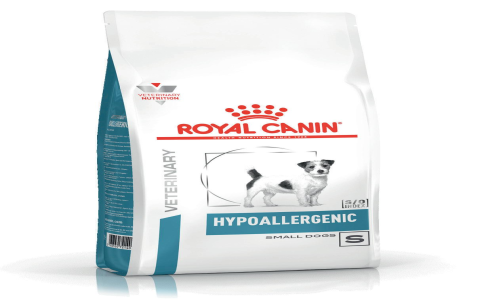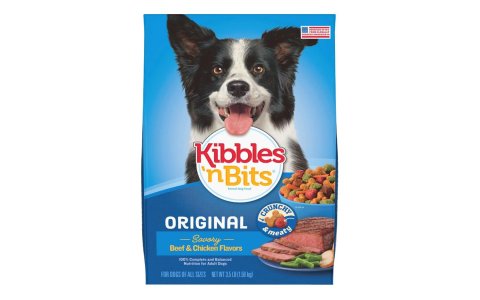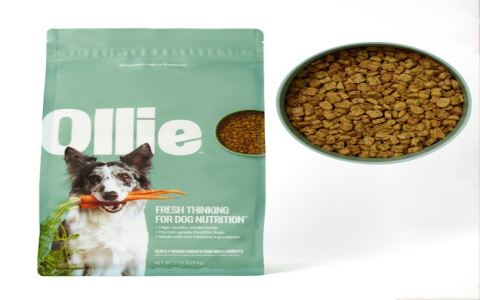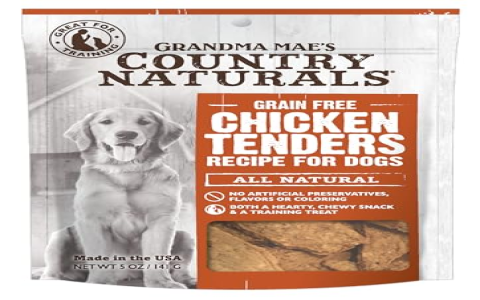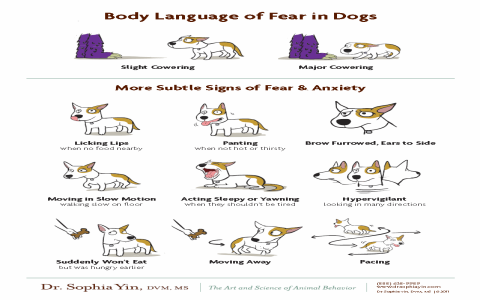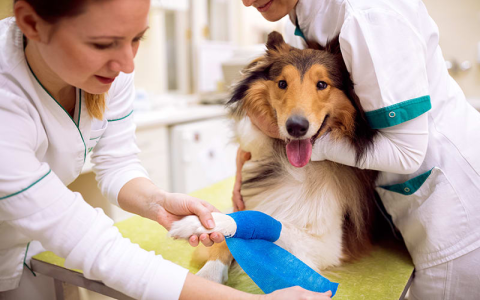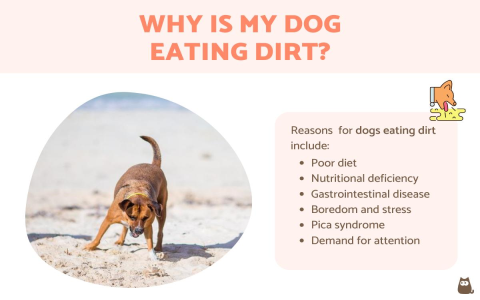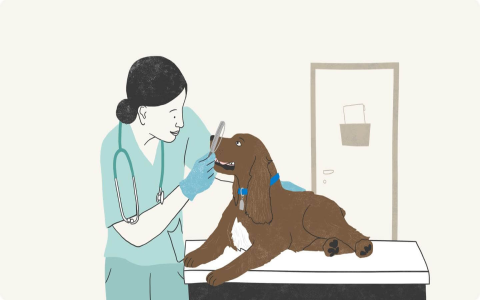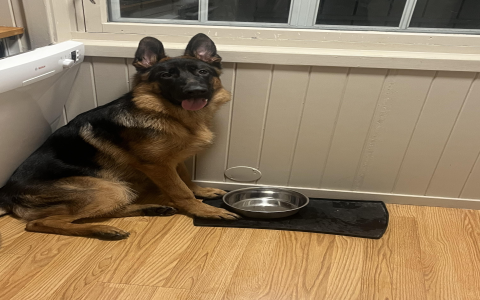Thinking about wsava compliant dog foods? Get simple advice for a smooth transition for your dog.
Okay, let's talk about finding these WSAVA compliant dog foods. It was a bit of a journey, honestly.

Starting the Search
So, I first heard about this WSAVA stuff from my vet, actually. We were just doing a regular check-up for my dog, Max, and the vet casually mentioned looking into foods that meet WSAVA guidelines. Before that, I was just grabbing bags that looked good, maybe had nice pictures of ingredients, you know? I didn't really think much deeper. But then I also saw some chatter online, scary stuff about heart problems (DCM) potentially linked to certain diets, especially some grain-free ones. That got me thinking I should probably figure out what this WSAVA thing was all about.
What Does 'WSAVA Compliant' Even Mean?
First step was trying to understand the guidelines. It wasn't like finding a simple checklist, which was kinda annoying. WSAVA itself doesn't endorse or approve specific brands, which I learned pretty quickly. They just put out recommendations for how pet food companies should operate if they want to be super serious about nutrition and safety. What I gathered boiled down to a few key things the companies should be doing:
- Employing Experts: They should have actual, qualified nutritionists on staff full-time. Like, people with PhDs in animal nutrition, not just some random person.
- Making Their Own Food: They should own the factories where the food is made. This gives them way more control over quality from start to finish.
- Testing the Food: They need to do feeding trials. Basically, feeding the actual food to real dogs (following AAFCO procedures) to make sure it works in real life, not just on paper based on the recipe.
- Quality Control & Research: They should be constantly checking the ingredients and the final food for quality and safety. Plus, they should be doing and publishing research on pet nutrition.
Knowing this helped filter things a bit. It wasn't about specific ingredients as much as it was about the company's whole approach to making the food.
Finding the Brands
Okay, so WSAVA doesn't give a list. That meant I had to do some digging. I started searching online forums, reading articles (carefully, trying to avoid pure marketing fluff), and specifically looked at the websites of bigger, well-known brands that people often mentioned in connection with WSAVA. I also specifically asked my vet which brands they felt generally met the spirit of the guidelines, based on their knowledge.
The names that kept popping up were the ones you'd probably expect:
Purina (especially their Pro Plan line),
Hill's Science Diet,
Royal Canin,
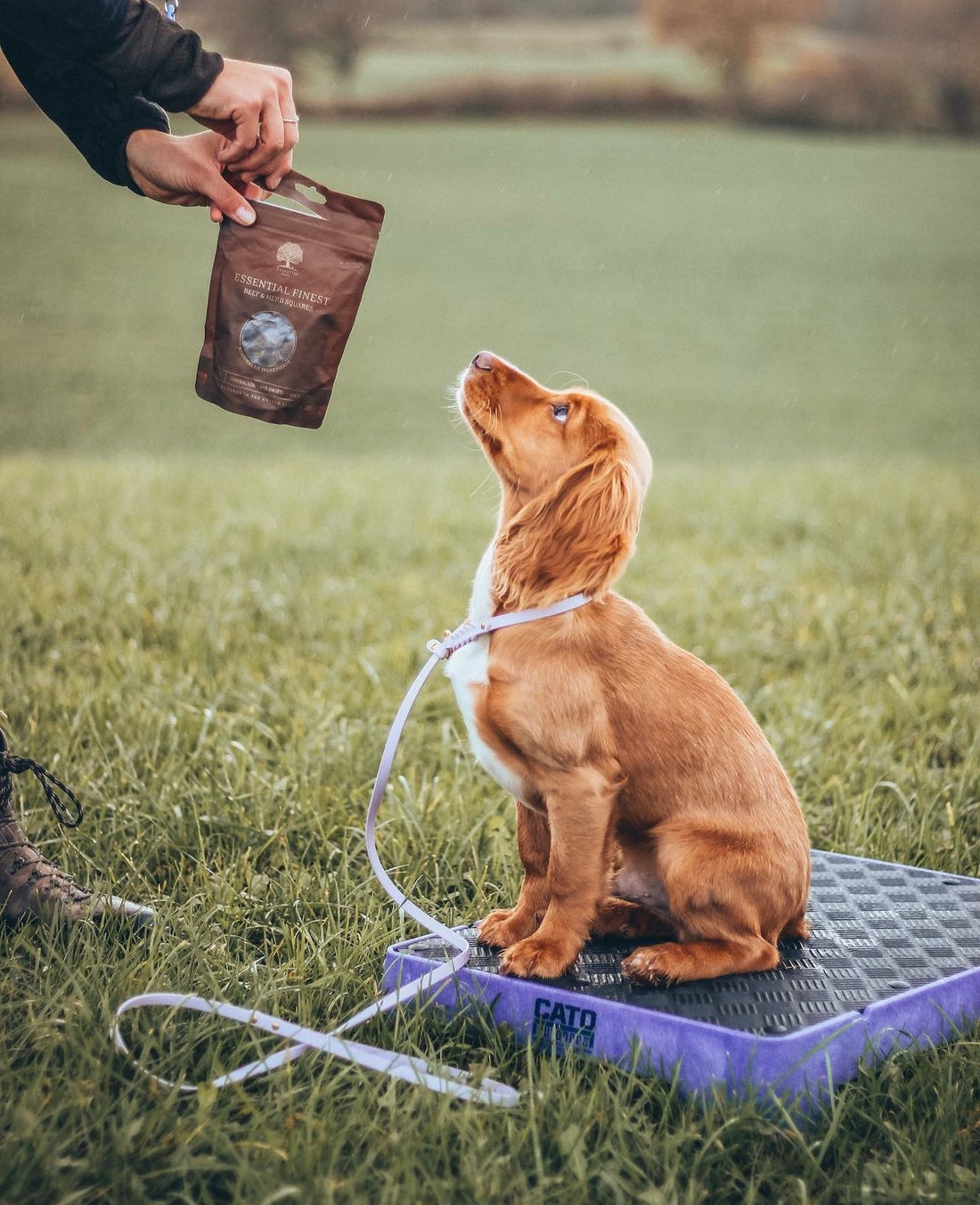
Eukanuba, and
Iams.
It seemed like these guys generally ticked the boxes. They talk about their nutritionists, their research, their quality control, and owning their manufacturing plants. Finding specific feeding trial results wasn't always easy – it's not always plastered on the front page – but the information about their processes and experts was usually there if you looked on their company websites.
Making the Choice and Switching
Just knowing the brands wasn't enough. I had to pick one for Max. I looked at the specific formulas offered by these brands. Max is a medium-sized adult dog, pretty active, but sometimes gets a slightly sensitive stomach. So I compared the options within those brands – looking at ingredient lists (just to check for anything I knew bothered him), protein/fat levels, and, let's be real, the price and where I could easily buy it.
I ended up choosing a Purina Pro Plan formula that seemed like a good fit. The switch itself was straightforward. I did it gradually over about a week, mixing a bit more of the new food with less of the old food each day. Max didn't seem to mind the change at all, thankfully. He ate the new food eagerly.
The Result?
It's been several months now. Max is doing great. His energy is good, his coat looks shiny, and his digestion seems solid. Honestly, it wasn't a night-and-day difference because he was pretty healthy before, but I feel better knowing his food is made by a company that really invests in the science and safety side of things, according to those WSAVA guidelines. It took some effort to research and understand, but having that peace of mind feels worth it.
It's definitely something I'd suggest chatting with your own vet about, 'cause every dog is different, right? But that was my process for figuring out this whole WSAVA compliant food thing.
